15 Common Fungal Diseases in Gardens and How to Handle Them
Garden fungal diseases can quickly spread and damage your plants if not managed properly. These diseases are caused by various fungi that thrive in damp, humid environments, affecting everything from vegetables to ornamental flowers. If left untreated, they can weaken plants and reduce yields. Fortunately, many common garden fungal diseases can be controlled with the right knowledge and treatment. In this article, we will explore some of the most common fungal diseases and provide helpful tips on how to treat them effectively. With the right care, you can keep your garden healthy and thriving year-round.
This post may contain affiliate links, which helps keep this content free. Please read our disclosure for more info.
Powdery Mildew

Powdery mildew is a fungal infection that appears as white or grayish powder on plant leaves, stems, and buds. This disease thrives in warm, dry environments with poor air circulation. It can spread quickly, causing stunted growth and yellowing of leaves. Plants like cucumbers, pumpkins, and roses are particularly vulnerable.
Treatment involves removing infected plant parts and improving airflow around the plants. Fungicides that contain sulfur or potassium bicarbonate can also help control the spread. Always follow the manufacturer’s instructions for application to avoid damage to plants.
Downy Mildew
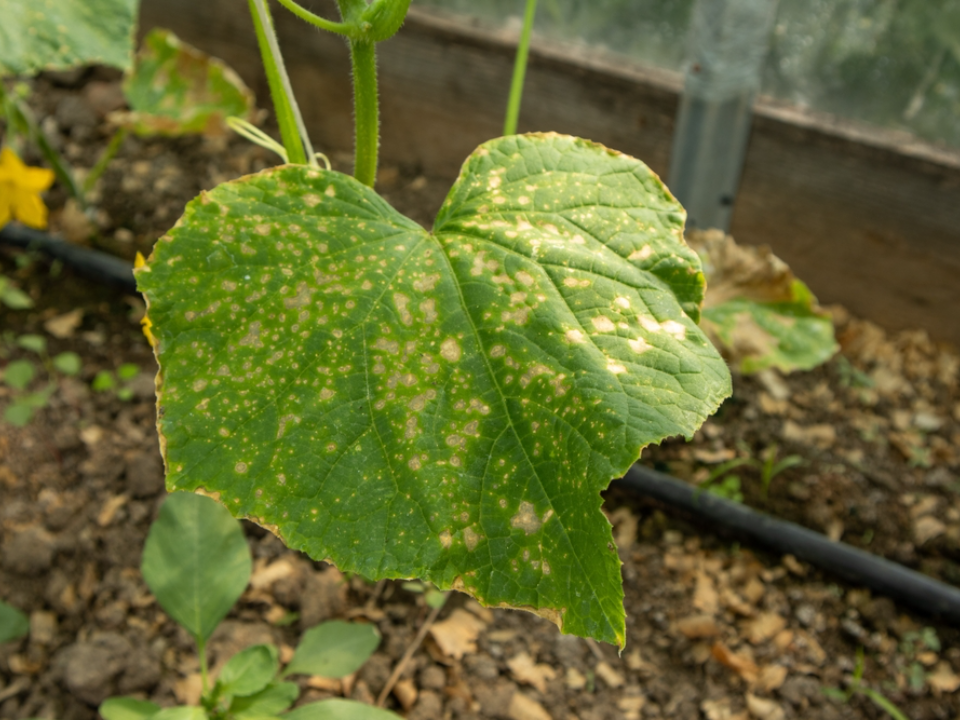
Downy mildew is characterized by yellowing leaves with a grayish fuzz on the underside of the leaf. It thrives in damp conditions and often affects crops like grapes, lettuce, and cucumbers. Left untreated, it can cause plants to weaken and even die.
To manage downy mildew, remove any infected leaves immediately. Use fungicides containing chlorothalonil or copper to help treat and prevent future outbreaks. Proper spacing of plants and reducing humidity levels can also reduce the risk of infection.
Fusarium Wilt
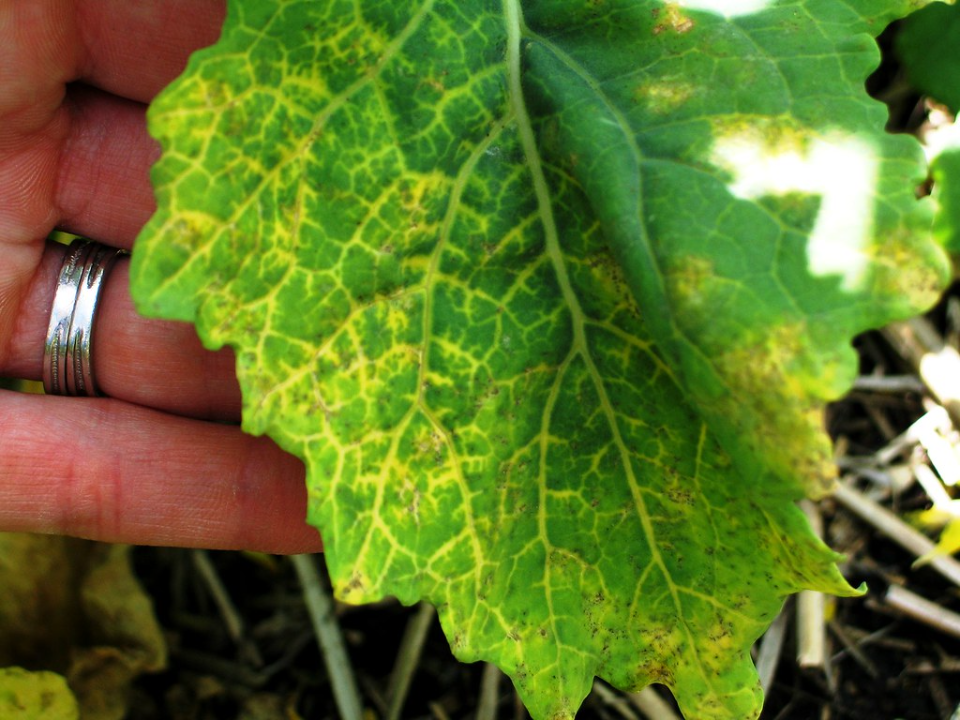
Fusarium wilt is a soil-borne fungal disease that affects the vascular system of plants, causing them to wilt and yellow. Commonly seen in tomatoes, eggplants, and peppers, the disease can spread quickly through contaminated soil.
To manage Fusarium wilt, it is crucial to use resistant plant varieties. Crop rotation can help reduce soil contamination, and removing infected plants prevents further spread. Fungicides can be used, but they are generally less effective once the plant is infected.
Verticillium Wilt
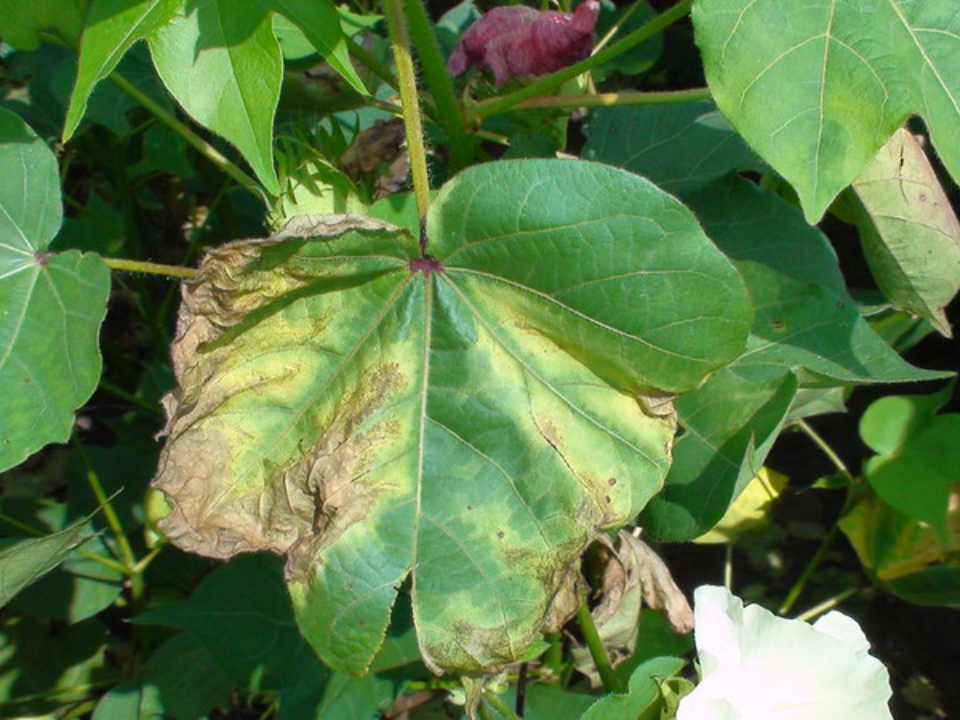
Verticillium wilt is another soil-borne fungal disease that targets the vascular tissue, causing wilting and yellowing. It often affects trees, shrubs, and vegetables like tomatoes and peppers. The disease can persist in the soil for many years, making it difficult to manage.
To treat Verticillium wilt, it is helpful to practice crop rotation and use resistant plant varieties. Infected plants should be removed and disposed of properly. Adding organic matter to the soil can help improve plant resilience.
Rust
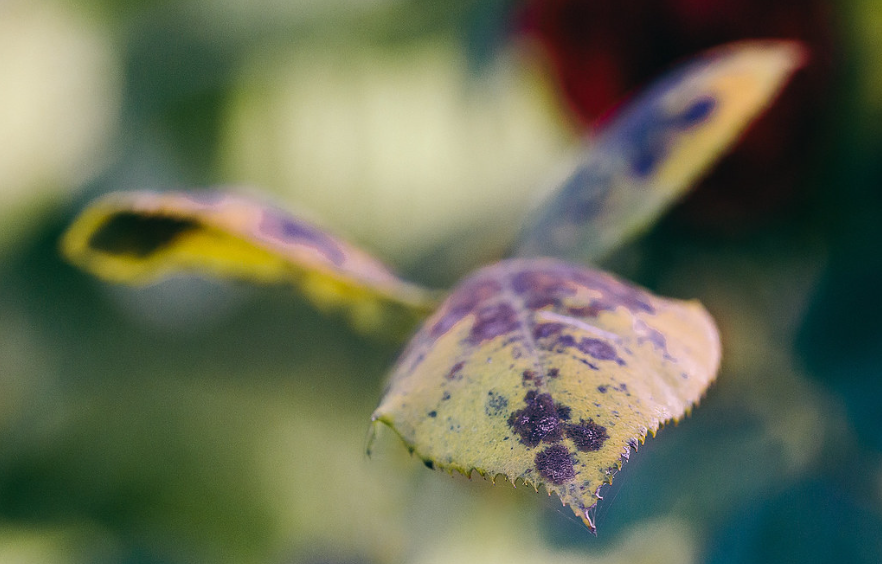
Rust is a fungal infection that produces rusty-colored spots on leaves, stems, and flowers. It primarily affects plants like beans, sunflowers, and roses. Rust fungi spread through wind and rain, and left unchecked, they can cause significant damage to your plants.
To treat rust, remove infected plant material and ensure good air circulation around the plants. Fungicides containing copper or sulfur can help prevent future outbreaks. Watering at the base of the plant can reduce the spread of spores.
Leaf Spot
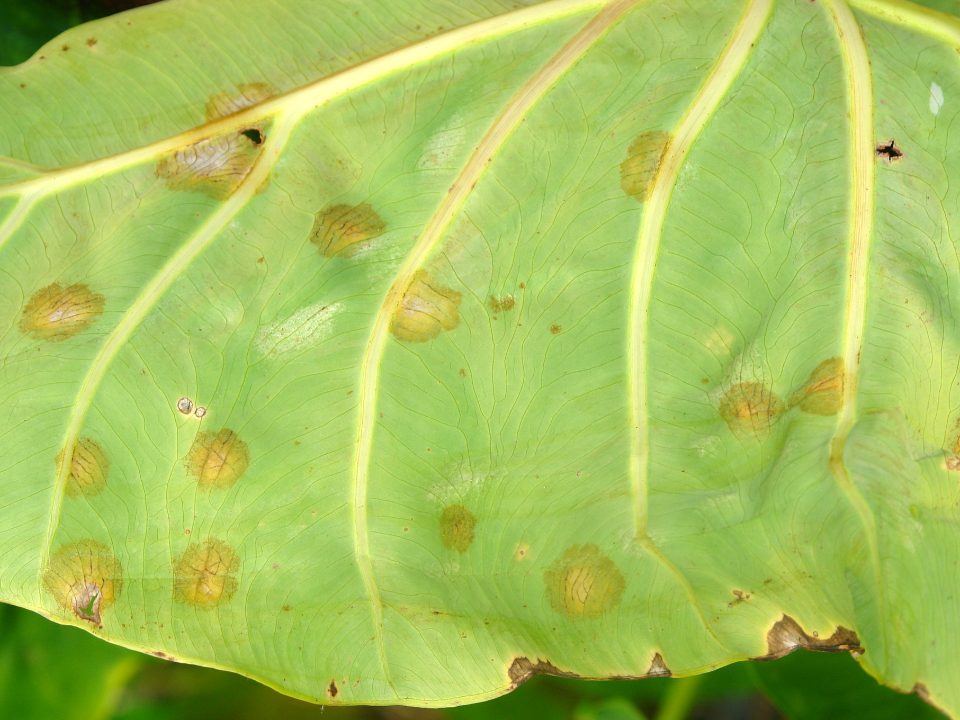
Leaf spot diseases cause dark, irregular spots on plant leaves. Fungi such as Alternaria and Septoria cause these infections, which can affect a variety of plants, including tomatoes, lettuce, and ornamental plants. These spots may eventually cause leaves to yellow and fall off.
Treatment for leaf spot includes removing infected leaves and using fungicides labeled for leaf spot control. Ensuring proper spacing of plants and avoiding overhead watering can prevent the spread of spores.
Botrytis Blight
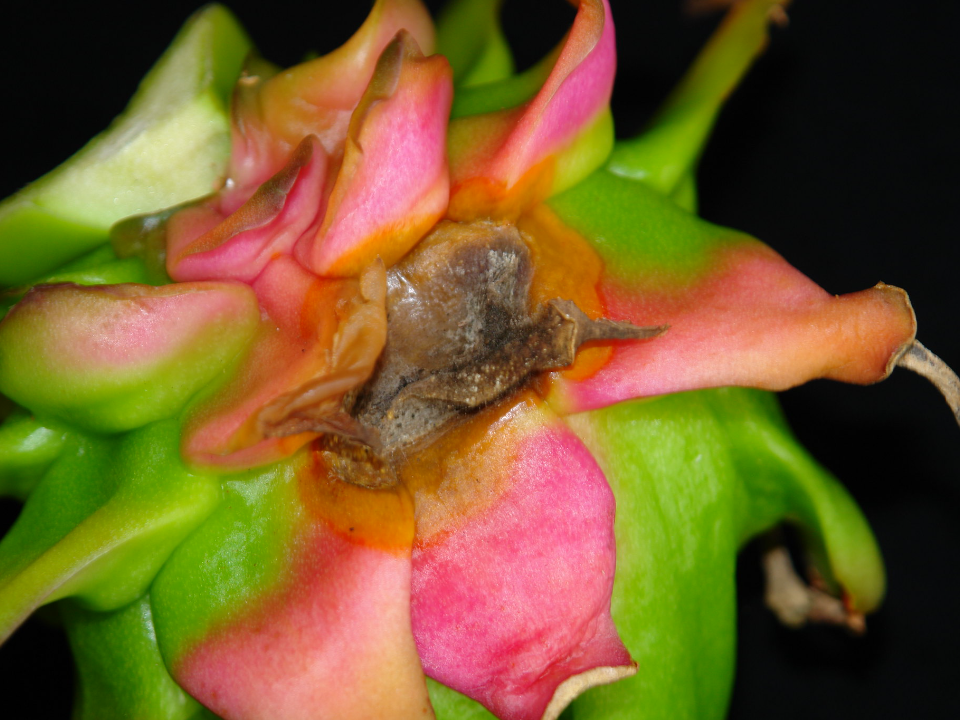
Botrytis blight, also known as gray mold, affects flowers, fruits, and vegetables, causing them to rot. It is characterized by fuzzy gray growth on the infected parts. It often affects crops like strawberries, tomatoes, and beans, especially in humid conditions.
To control Botrytis blight, remove and discard infected plant material. Fungicides containing pyrimethanil or fludioxonil can help control the spread of the disease. Improving air circulation around plants is essential. Avoiding excessive watering and humidity will also help reduce the risk.
Apple Scab

Apple scab is a fungal disease that affects apple trees, causing dark, leathery spots on the leaves and fruit. The disease thrives in cool, wet conditions, and it can significantly affect the quality of the fruit, causing it to deform and drop prematurely.
To treat apple scab, prune infected branches and use fungicides containing chlorothalonil or copper. Make sure to water the trees at the base to avoid getting the leaves wet. Planting resistant varieties can also help prevent the disease from taking hold.
Anthracnose
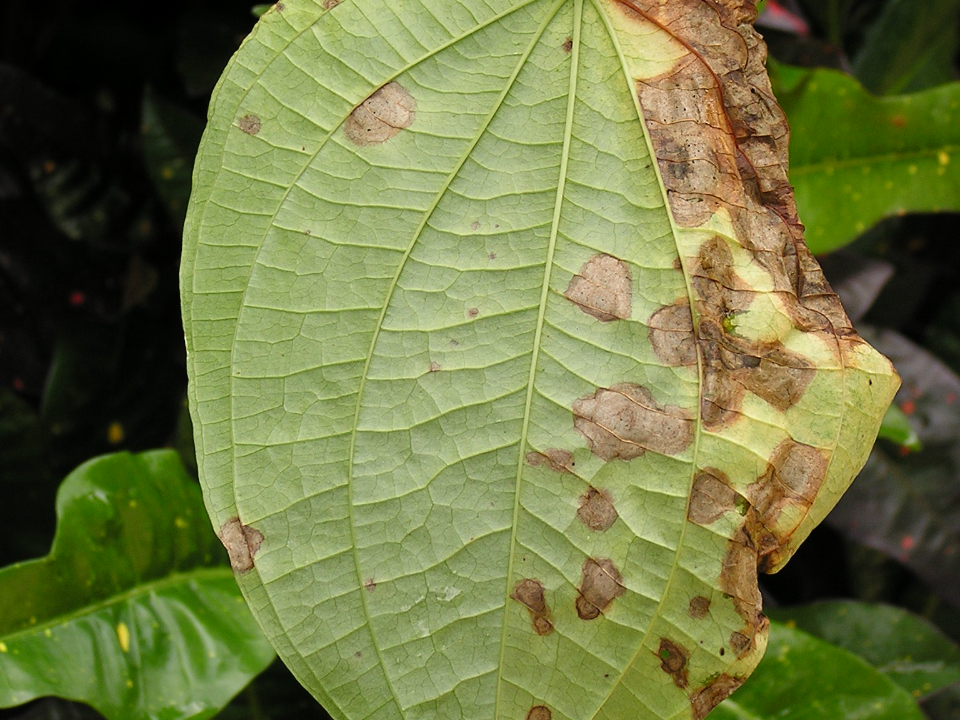
Anthracnose is a group of fungal diseases that affect various plants, including trees, shrubs, and vegetables. It causes sunken lesions on leaves, stems, and fruit, and it can lead to premature leaf drop. Commonly affected plants include beans, cucumbers, and tomatoes.
Control of anthracnose includes removing infected plant material and practicing crop rotation. Fungicides can help prevent outbreaks, but it is essential to apply them early in the season. Good spacing and proper watering practices will also help reduce the risk of infection.
Sclerotinia Rot
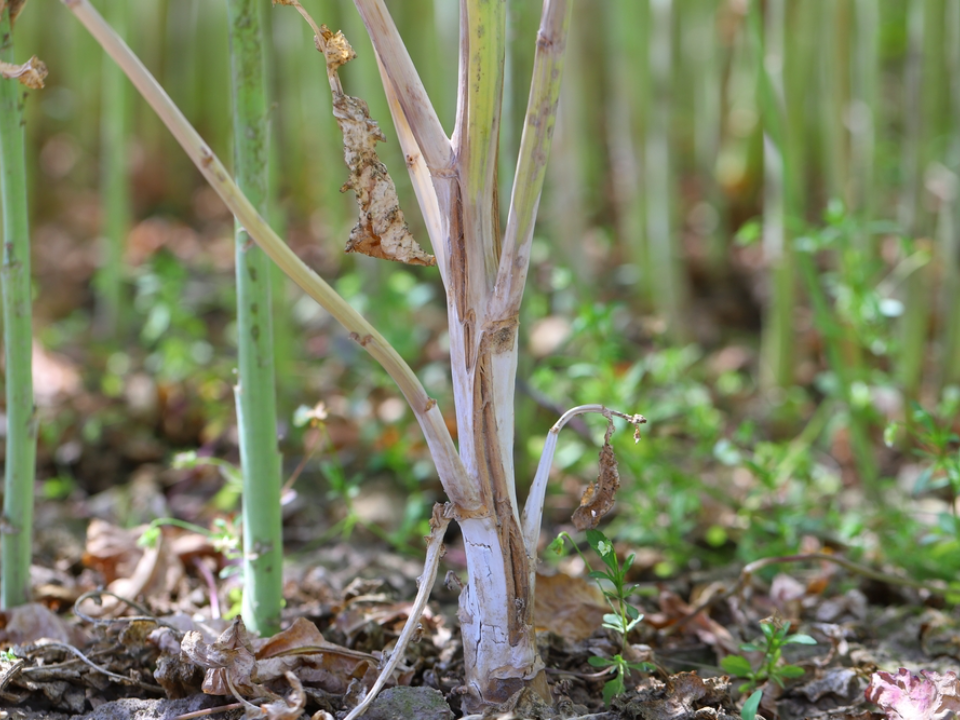
Sclerotinia rot, or white mold, is caused by the fungus Sclerotinia sclerotiorum, which affects a wide range of plants, including beans, tomatoes, and sunflowers. It causes soft, mushy spots on infected plant parts, often leading to complete plant collapse.
To treat Sclerotinia rot, remove and dispose of affected plants. Use fungicides containing iprodione or thiophanate-methyl to control the disease. Avoid overhead watering and ensure good air circulation to reduce the humidity around the plants.
Phytophthora Root Rot
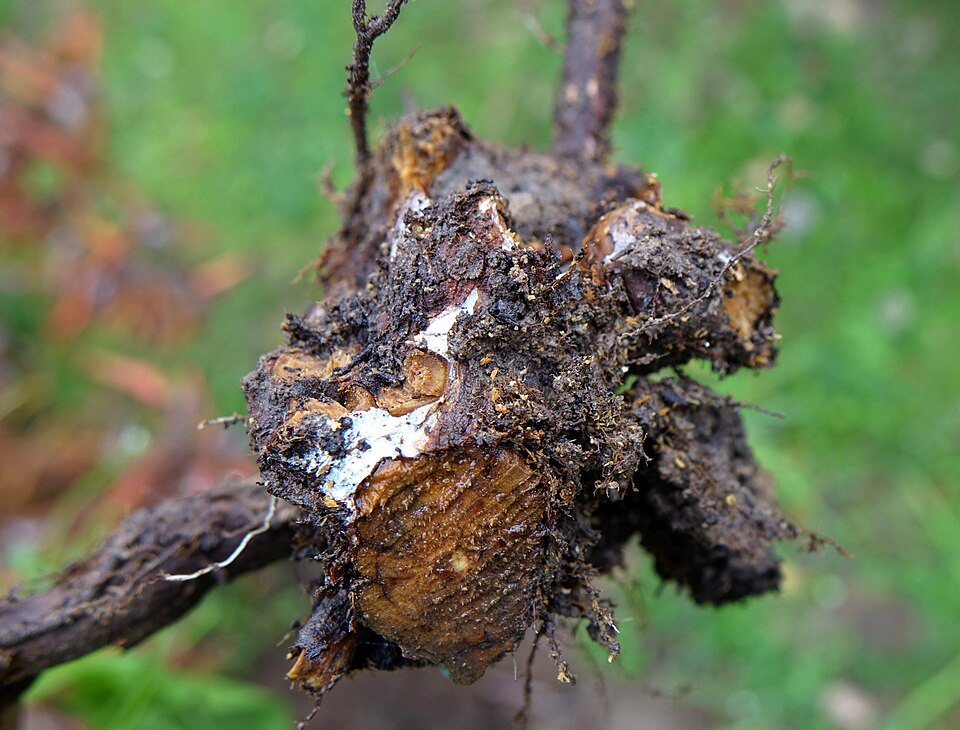
Phytophthora root rot is caused by a soil-borne fungus that attacks the roots of plants, leading to wilting, yellowing, and stunted growth. It affects plants like tomatoes, peppers, and cucumbers, often in poorly-drained soil.
Managing Phytophthora root rot involves improving soil drainage and practicing crop rotation. Using resistant plant varieties and applying fungicides containing metalaxyl or mefenoxam can help prevent infection. Ensure good spacing and avoid excessive watering.
Brown rot
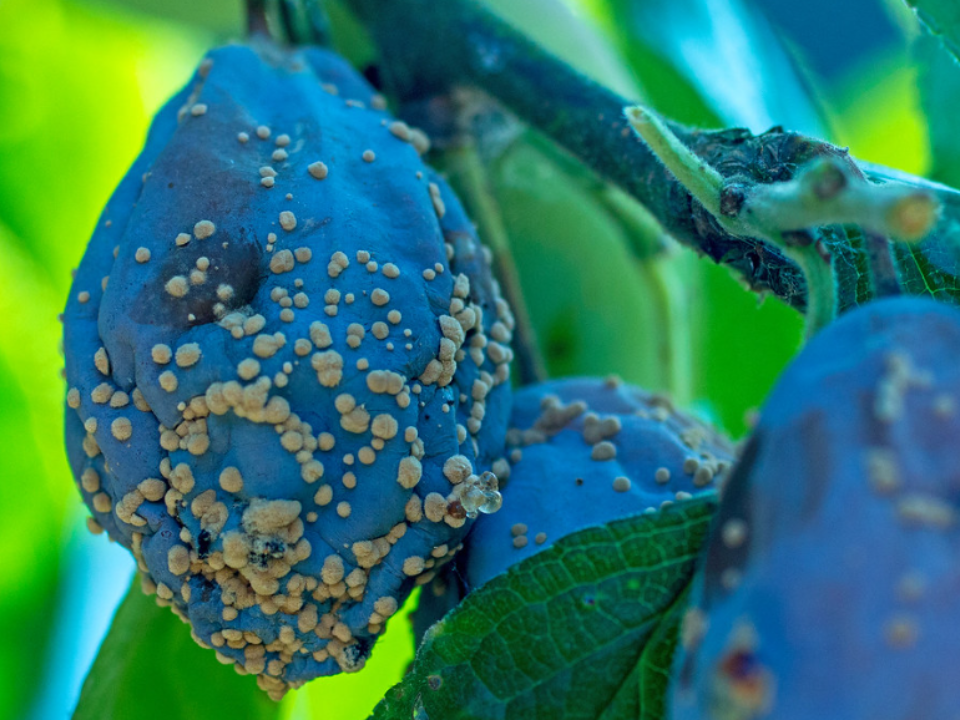
Brown rot primarily affects stone fruits like peaches, cherries, and plums. The fungus causes the fruit to rot and turn brown, often spreading from the blossom to the fruit. High humidity and wet weather conditions favor the development of this disease.
To manage brown rot, remove infected fruit and prune any affected branches. Fungicides containing captan or thiophanate-methyl can be effective in controlling the disease. Avoiding overhead watering and ensuring good air circulation will also help reduce the spread.
Black Knot
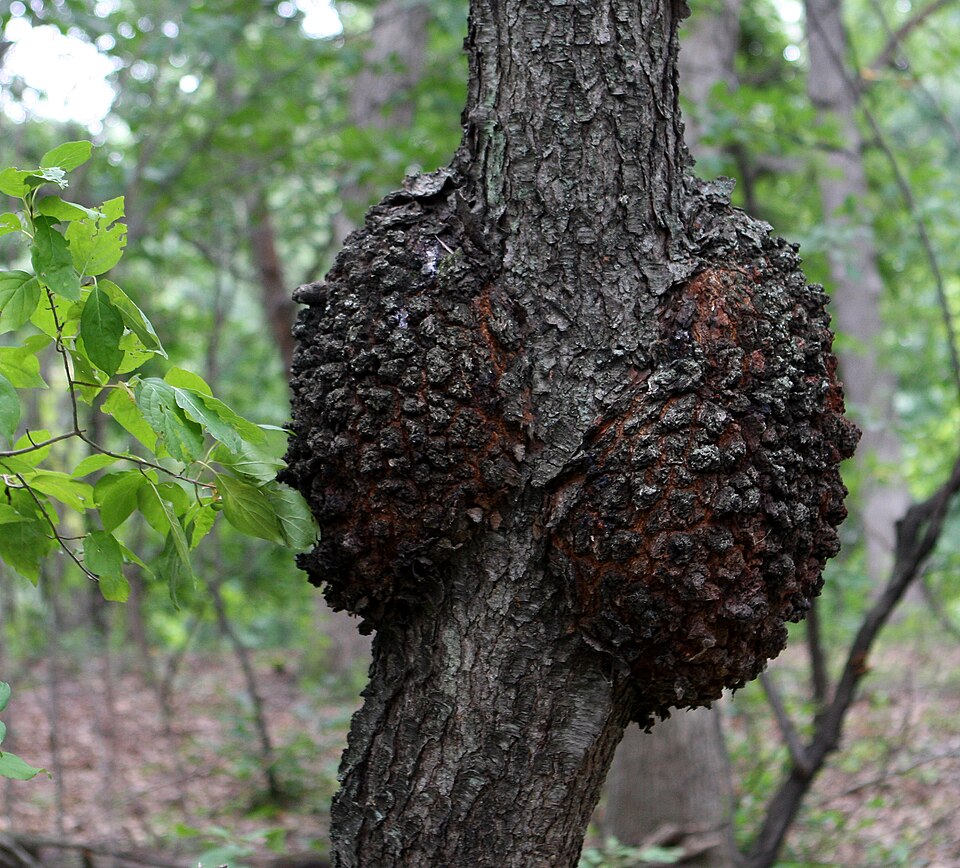
Black knot is a fungal disease that affects trees in the Prunus family, including cherries, plums, and apricots. It causes dark, swollen growths on branches and twigs, leading to reduced growth and yield.
To treat black knot, prune affected branches in early spring and destroy them. Fungicides can be used to protect new growth during the growing season. Regular inspection of trees and early removal of infected material are essential for control.
Gray Mold

Gray mold, caused by Botrytis cinerea, is a common fungal disease that affects many plants, particularly during humid weather. It causes soft, grayish-brown decay in flowers, fruits, and leaves, often leading to the collapse of the plant.
To treat gray mold, remove and destroy infected plant parts. Fungicides containing pyrimethanil or fludioxonil can help control the spread of the disease. Improving air circulation around the plants and avoiding excessive moisture will reduce the risk of infection.
Southern Blight
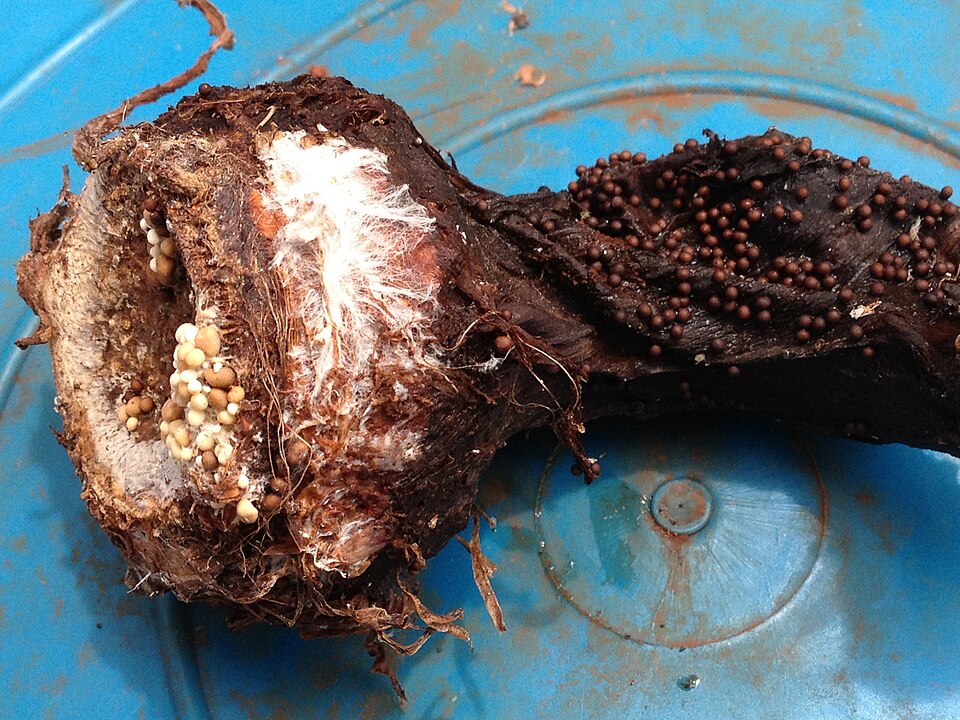
Southern blight is a soil-borne fungal disease that causes wilting, yellowing, and a white mold on plant stems and roots. It commonly affects vegetables like beans, tomatoes, and peppers in warm, moist conditions.
To control southern blight, remove infected plants and rotate crops. Fungicides containing thiabendazole or tebuconazole can help prevent the spread of the disease. Improving soil drainage and reducing humidity will also help manage this fungal infection.
This article originally appeared on Avocadu.
